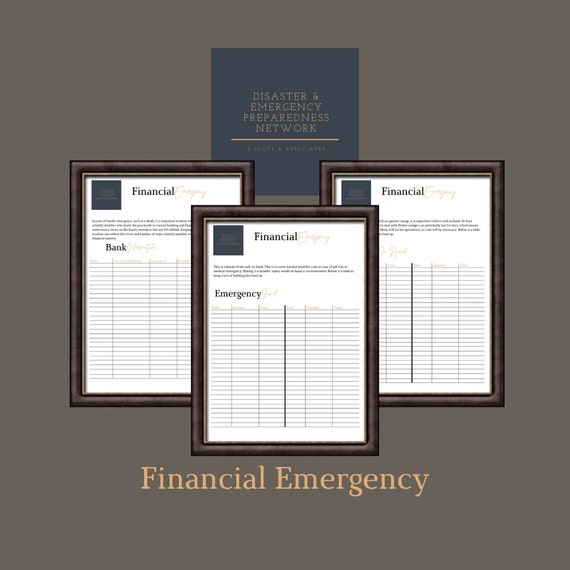
Emergency Preparedness: Family Fund Planning Strategies
Ensuring your family’s financial stability during unexpected events is crucial. Explore effective strategies for family emergency fund planning to build a safety net and navigate uncertainties.
Understanding the Importance of Family Emergency Funds
The foundation of family emergency fund planning lies in recognizing the importance of having a financial safety net. Emergency funds act as a buffer, providing financial security during unforeseen circumstances such as job loss, medical emergencies, or unexpected home repairs.
Determining the Ideal Size for Your Emergency Fund
One size doesn’t fit all when it comes to emergency funds. Assess your family’s unique situation, considering factors like monthly expenses, income stability, and potential risks. Aim for an emergency fund that can cover three to six months’ worth of essential expenses.
Creating a Budget for Emergency Fund Contributions
Integrate emergency fund contributions into your family budget. Allocate a specific percentage of your income to consistently build and maintain your emergency fund. Treating it as a non-negotiable expense ensures a disciplined approach to fund growth.
Choosing the Right Type of Emergency Fund Account
Selecting the right type of account for your emergency fund is crucial. Opt for accounts that offer easy accessibility and liquidity, such as a traditional savings account or a high-yield savings account. Balance accessibility with the potential for higher interest earnings.
Automating Emergency Fund Contributions
Make the process of contributing to your emergency fund seamless by setting up automatic transfers. Automating contributions ensures consistency, reduces the likelihood of forgetting, and establishes emergency fund contributions as a financial priority.
Prioritizing Emergency Fund Contributions
In family emergency fund planning, prioritize contributions even in tight financial situations. Consider it a non-negotiable aspect of your budget, ranking alongside essential expenses. Prioritizing contributions strengthens your family’s financial resilience over time.
Using Windfalls and Bonuses Wisely
Leverage windfalls, such as tax refunds or work bonuses, to boost your emergency fund. While it might be tempting to allocate windfalls to other goals, directing a portion to your emergency fund accelerates its growth without impacting your regular budget.
Creating Clear Guidelines for Fund Usage
Establish clear guidelines on when to tap into your emergency fund. Define what constitutes a genuine emergency, such as unexpected medical expenses or essential home repairs. Clear guidelines prevent frivolous use and maintain the fund’s intended purpose.
Regularly Reviewing and Adjusting Fund Goals
Family circumstances change over time, impacting the adequacy of your emergency fund. Regularly review your family’s financial situation and adjust fund goals accordingly. Life events, such as the birth of a child or a career change, may warrant adjustments to ensure continued financial security.
Educating Family Members on Emergency Fund Importance
Foster a sense of collective responsibility by educating all family members on the importance of the emergency fund. Discuss the fund’s purpose, guidelines for usage, and the peace of mind it brings. Involving the entire family enhances financial awareness and commitment.
In conclusion, effective family emergency fund planning is essential for navigating uncertainties and maintaining financial stability. To explore more insights and tips on financial planning, including emergency fund strategies, visit FirstBaseGloves.net. This resource provides valuable information to support families in making informed financial decisions and building a secure financial future.

